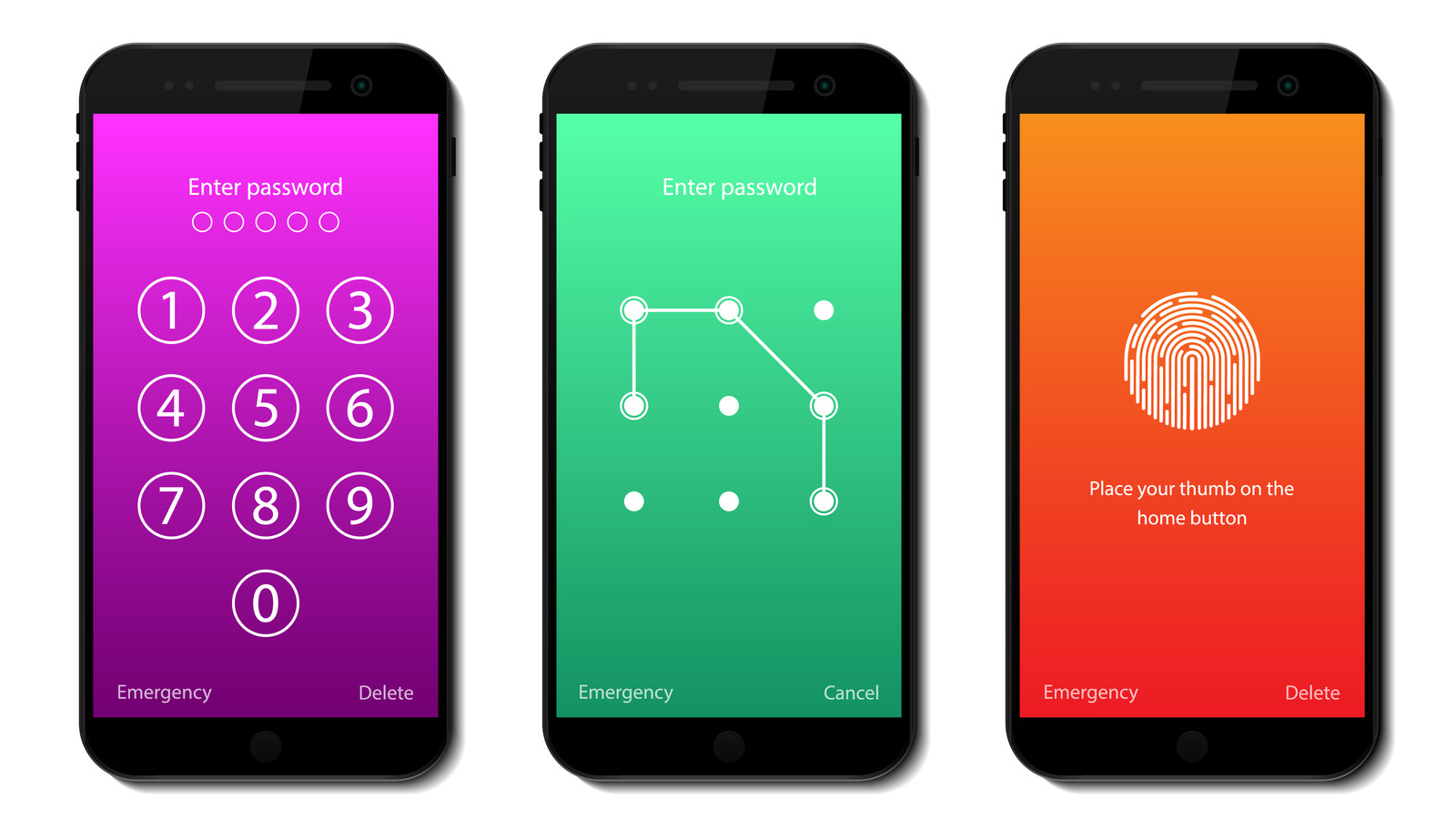
For years, fingerprints have been the de-facto phone unlock method because of the method’s incredible convenience and relative security. While a bad actor can, in theory, replicate your fingerprint, and while some Android phones have had fingerprint reader bugs, the majority of the time it’s secure enough to trust while allowing you to access your device in less than a second.
Many modern Android phones utilize an under-display fingerprint sensor that uses either an optical light sensor or ultrasonics to analyze registered fingerprints, while others place a trusty capacitive sensor on the back of the phone or the power button.
Importantly, optical sensors are the easiest of the three to fool in the event someone gets access to your fingerprint. Law enforcement can be especially aggressive should they invent a reason to search your device, having once tried to use a dead man’s finger to do so. However, Android stores fingerprint data in a Trusted Execution Environment, an encrypted section of the phone’s memory that cannot be accessed by the main CPU or by apps.
Setting your fingerprints up can be a bit of a hassle, as some Android phones can be finicky. It may be a good idea to register the same fingerprint twice if you find that your phone’s fingerprint sensor has a hard time recognizing your preferred digit.
Stay connected with us on social media platform for instant update click here to join our Twitter, & Facebook
We are now on Telegram. Click here to join our channel (@TechiUpdate) and stay updated with the latest Technology headlines.
For all the latest Entertainment News Click Here
